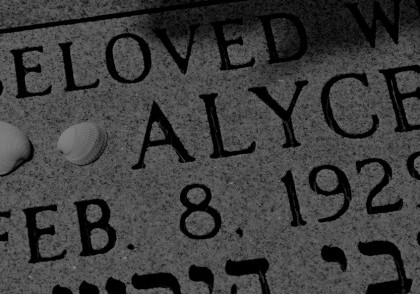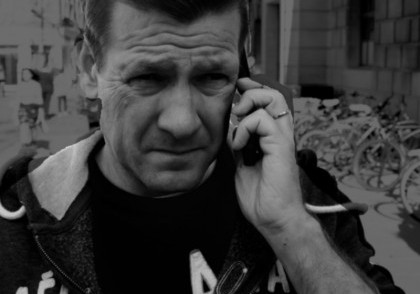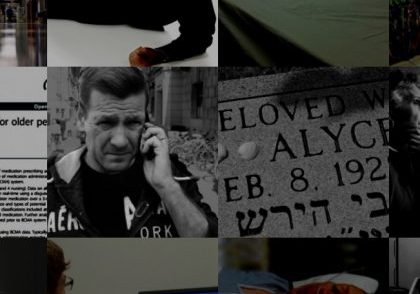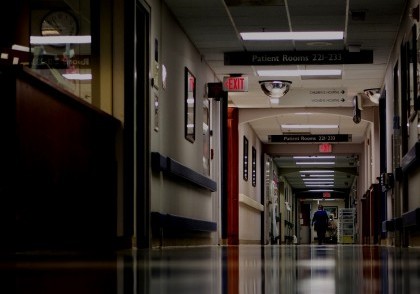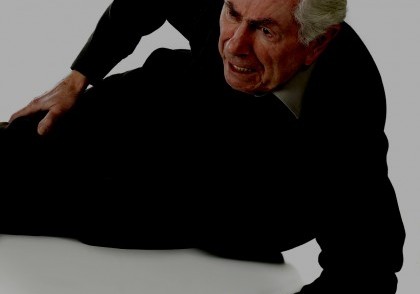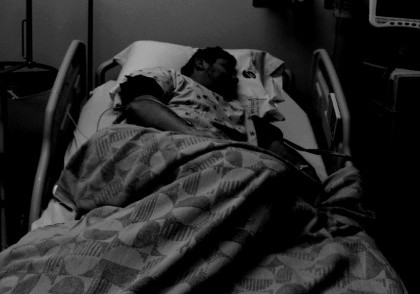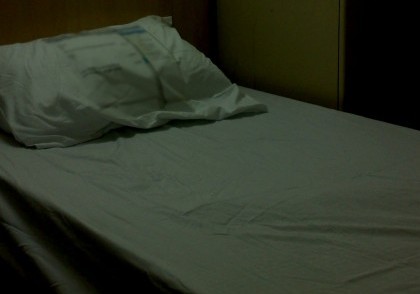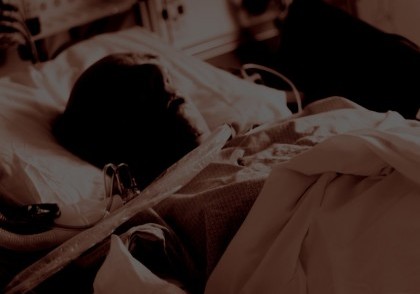Bedsore Warning Signs: A Guide for Family Members
BEDSORES: What to look for
When we place our loved ones in a nursing home, we trust that the staff at the facility will take care of them and are going to look out for the best interests of their residents. While many nursing homes do provide their residents with excellent care, others do not take proper care of the elderly folks residing at their facilities. One sign of inadequate care is a Bedsore. A bed sore, also known as a pressure sore or pressure ulcer, is a "'localized injury to the skin and/or underlying tissue usually over a bony prominence, as a result of pressure, or pressure in combination with shear and/or friction.'"
When visiting a loved one who is living in a nursing home, it is important to keep an eye out for any signs of distress from that individual. If your loved one has been mistreated, there are some signs that can alert you to a problem. If your loved one is expressing that they are feeling discomfort or that they are in pain it could mean a bedsore is developing on their body. Non-verbal nursing home residents may grimace in pain when they are moved.
Bedsores are classified into stages. The key to successful treatment of bedsores is to spot them early. If a sore progresses to late-stage (Stage IV), it can result in tissue damage/death and serious infection. If you have a loved one who is in a nursing home, it is crucial to look for the early warning signs of a bedsore. The characteristics of a Stage I bedsore include:
- The skin is not broken.
- The skin appears red on people with lighter skin color, and the skin doesn't briefly lighten (blanch) when touched.
- On people with darker skin, the skin may show discoloration, and it doesn't blanch when touched.
- The site may be tender, painful, firm, soft, warm or cool compared with the surrounding skin.
It is important for family members to examine the skin of their loved ones to check for the above warning signs. The areas where bedsores most frequently occur should be examined regularly. According to the Mayo Clinic, the most common areas include:
For people who use a wheelchair:
- Tailbone or buttocks
- Shoulder blades and spine
- Backs of arms and legs where they rest against the chair
For people who are confined to a bed:
- Back or sides of the head
- Rim of the ears
- Shoulders or shoulder blades
- Hip, lower back or tailbone
- Heels, ankles and skin behind the knees
The Cleveland Clinic lists bedsores as one of the indicators that an individual is suffering from elder abuse. These sores can have devastating consequences if left untreated.
Contact an Elder Abuse Attorney
If you or a loved one has been the victim of nursing home abuse in New York, please do not hesitate to contact the law firm of Dalli & Marino today. Our attorneys are dedicated to helping our clients seek just compensation for the injuries they have suffered. You can call our office today at (888) 465-8790, or complete our online contact form.
Case Study – [MC]
“But for that dosing error… Mom would still be with us.” DATELINE…
Case Study: Wrongful Death
Nursing Home Abuse: Case Study 19: Wrongful Death in a Nursing Home
Case Study: Nursing Home Abuse — From a Distance
You can’t be there every minute. But what of the warning signs for nursing home abuse?
Cases of Nursing Home Abuse
Review our portfolio of case studies covering numerous aspects of nursing home abuse: falls, bedsores, over-medication, neglect.
Case Study: Where is Everyone?
Nursing Home Abuse Case Study: Understaffing or neglect in a nursing home can cause severe loneliness, depression, loss of appetite or ignore health warning signs.
Case Study: Nursing Home Falls
Nursing Home Abuse: Despite best practices intended to reduce the incidence of falls, they remain a common cause for nursing home injuries.
Case Study: It Starts with Bruising
Nursing Home Abuse: Bedsores caused by neglect
Case Study: Nursing Home Bedsore
Nursing Home Abuse: Bedsores can lead to fatal complications, including organ failure and even cancer.
Case Study: I Never See A Doctor When I Request One
Nursing Home Abuse Case Study: Patients fail to receive prompt attention from nursing home physicians.
Case Study: Medication Error
Nursing Home Abuse Case Study: A medication error leads to dangerous health complications or death.
